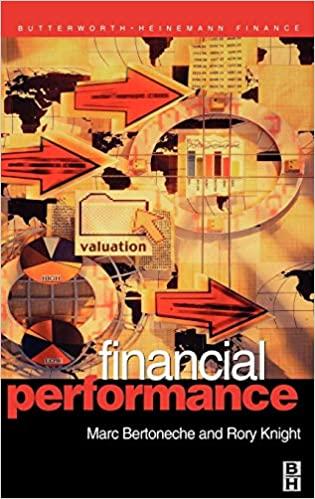Question
Use simulation paths for the Vasicek model. Generate 10,000 possible simulation paths for the short rate out to 10 years. For simplicity, assume time-steps of
Use simulation paths for the Vasicek model. Generate 10,000 possible simulation paths for the short rate out to 10 years. For simplicity, assume time-steps of 1 year. Assume short-rate today is 0.045, and that model parameters are given by = 0.06, = 0.10, = 0.01. 1. Find the futures price for contracts on the 3-month spot rate with maturities ranging from 1 to 10 years. To do this, use the Vasicek model to solve for (0.25) at each future point in time and then solve for the 3-month rate at that point in time. 2. For the same maturities find the FRA rates using the formula shown in class. That is find the FRA rates for the 1 1.25, 2 2.5, ... contracts. Remember to account for day count conventions as discussed in class. 3. Repeat the first two problems but now assume = 0.02 .How do the prices change?
4. Recall that we defined () = [exp ( )], where A is the average short-term rate over the corresponding period. Solve for () for = 1, 2, 3 ... 10 using the simulated paths. Now compare the values from the simulation to the actual formula for () for the Vasicek model provided in class. 5. Solve for the price of the swap that pays a cash flow equal to the two-year par rate minus 25 basis points. For example, if the two-year par rate is 0.060 in one year, the swap pays a fixed cash flow of 5.75 in one year per $100 notional. Ignore the set-in advance or set-in arrears feature of the swap contract. The floating leg is of course worth par. 6. Solve for the price of a 10-year range accrual note. This is a note with a notional of $100. Each year, the note pays a coupon equal to the one-year rate (set in advance or in arrears) provided the one-year rate is between 4 and 7 percent, otherwise the note pays nothing. 7. Solve for the price of the five-year inverse floater with a notional amount of $100 that pays two times the one-year spot rate (set in advance) minus 6 percent. Thus, if the one-year rate in one year is 4 percent, then the cash flow in year 2 will be 2 4 6 = $2 per $100 notional 8. Use the simulation approach to solve for European receivers swaptions with strike prices equal to the corresponding forward swap rate. Assume a $100 notional amount: a. 1 into 1 swaption
b. 1 into 5 swaption c. 5 into 5 swaption
Step by Step Solution
There are 3 Steps involved in it
Step: 1

Get Instant Access to Expert-Tailored Solutions
See step-by-step solutions with expert insights and AI powered tools for academic success
Step: 2

Step: 3

Ace Your Homework with AI
Get the answers you need in no time with our AI-driven, step-by-step assistance
Get Started


